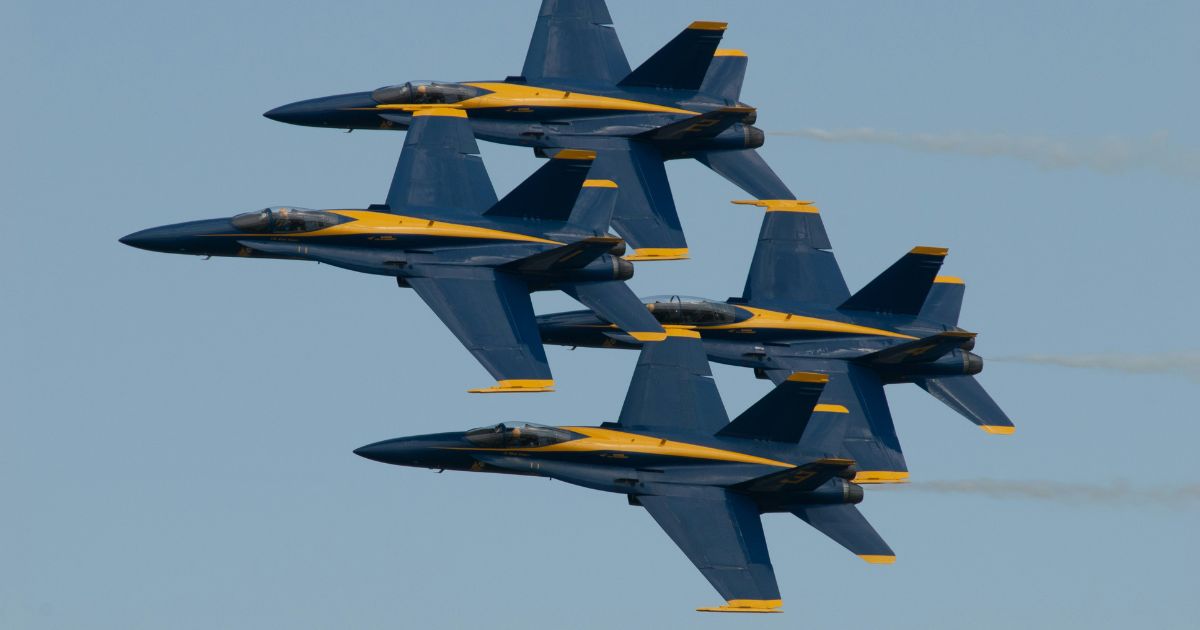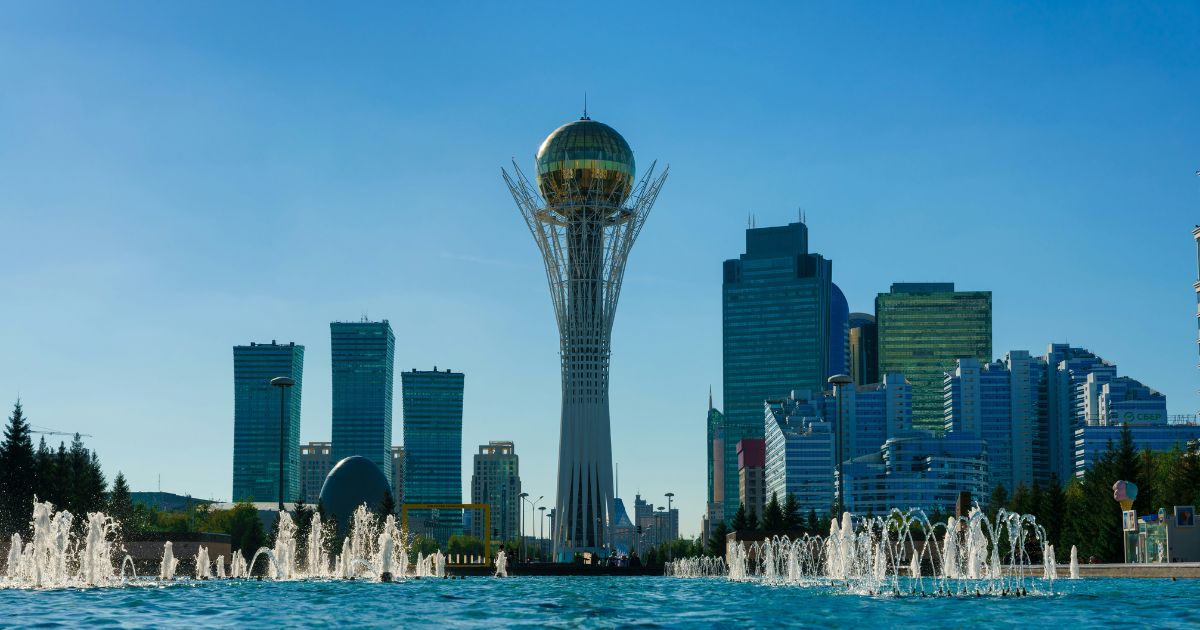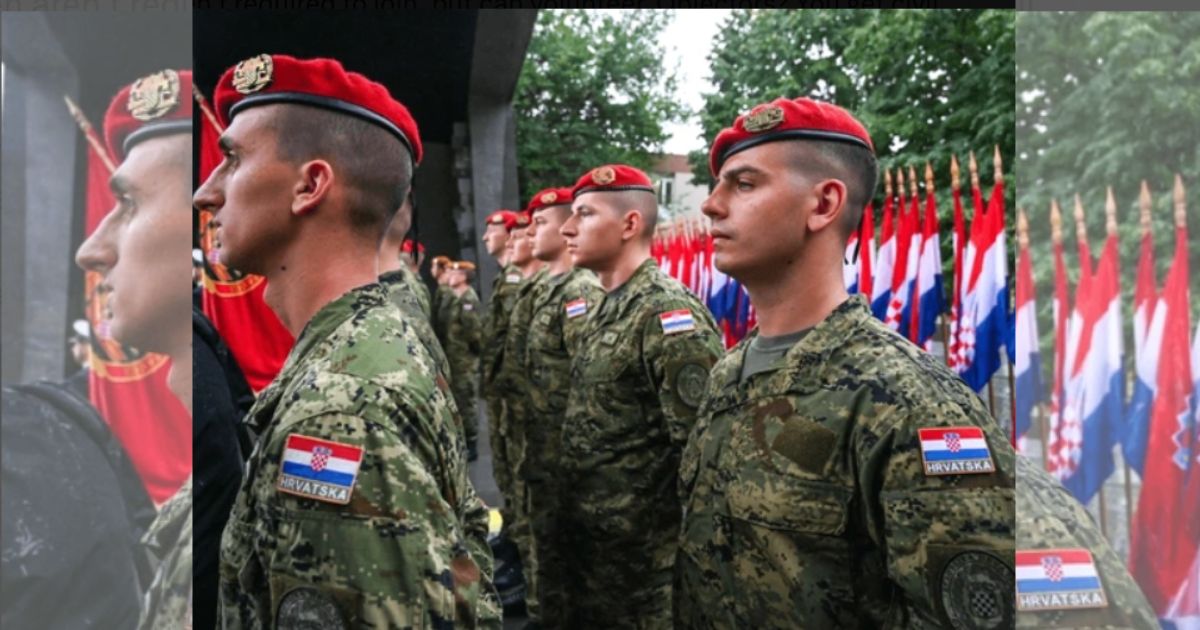Venezuela has begun three days of military maneuvers and rolled out its Russian-made fighter jets in a display of force directed at the US following heightened tensions over Washington’s sending of US warships to the Caribbean.
Over 2,500 troops have been deployed on Venezuela’s Caribbean island of La Orchila for the exercises, known as “Sovereign Caribbean 200,” which will feature air, sea, and land exercises.
Twelve naval vessels of different classes and types, 22 planes, and approximately 20 boats will participate, Venezuelan Defense Minister Vladimir Padrino announced on state-controlled channel VTV.
His words followed a telecast displaying amphibious vehicles and soldiers landing on a beach as warships departed the island and fighter jets buzzed over the sea.
Venezuela, apart from that, has also been parading several of its Russian-manufactured fighter jets mounted with anti-ship missiles.
Padrino termed the drills, which commenced on Wednesday, as part of Venezuela’s reaction to the deployment of the US warships to the area.
Washington maintains the ships – three Arleigh Burke-class destroyers, the cruiser Lake Erie, the amphibious assault ship USS Iwo Jima, and a nuclear-powered submarine – are embarked on an effort to fight drug trafficking, but Venezuelan President Nicolás Maduro has asserted the deployment is intended for regime change.
The US previously accused Maduro of drug trafficking and placed a $50 million bounty on him.
Caracas also asserts that it has sent millions of militiamen across the country, with Maduro threatening last month that “no empire will touch the sacred soil of Venezuela.”
The exercises began a day after US President Donald Trump announced the US had bombed a total of three boats in the Caribbean, saying they were carrying drugs from Venezuela.
The US claimed it hit the first boat – supposedly affiliated with the Venezuelan gang Tren de Aragua – on September 2, where 11 individuals were killed. On Monday, Trump disclosed a second strike on supposed “narcoterrorists,” which his administration claimed killed three individuals.
Then on Tuesday, Trump explained to journalists, “We knocked off three boats, actually, not two. But you saw two.”
The drills were initiated a day after US President Donald Trump indicated that the US had hit a total of three vessels in the Caribbean, asserting that they were carrying drugs from Venezuela.
The US claimed it attacked the first boat – supposedly linked to the Venezuelan gang Tren de Aragua – on September 2, killing 11 individuals. On Monday, Trump had declared a second attack against suspected “narcoterrorists,” which the administration reported had killed three individuals.
Then on Tuesday, Trump explained to reporters, “We knocked off three boats, actually, not two. But you saw two.”
The drills follow up on Venezuela’s release of pictures on Monday of Russian-produced Sukhoi Su-30 fighter aircraft with anti-ship missiles.
Its air force posted a video to Instagram of the planes, initially on the ground, with the missiles visible hanging off the wings, and then in flight.
Part of the video had already been posted on social media in 2024, CNN confirmed. It is not known when the rest of the video was taken. CNN has contacted Venezuela’s Ministry of Defense for further details.
The jets are Russian Sukhoi Su-30 MK2 fighters of the 13th “Lions” Fighter Air Group, equipped with Russian-made Kh-31 “Krypton” air-to-surface anti-ship missiles, the post claimed.
Venezuela has procured an unspecified quantity of these missiles from Russia, according to a report by the Centre for Analysis of Strategies and Technologies, which was imported into the country in 2007-2008.
And as of a 2024 open-source evaluation of the different military forces by the International Institute for Strategic Studies, Venezuela possesses both anti-ship and anti-radar types of the Kh-31 missiles. It also has a total of 21 Su-30MK2 fighters, although the number in service is unknown due to the nation’s economic issues in the previous decade, which also impacted the arsenal of Venezuela.
A report by the Venezuelan NGO Control Ciudadano on military air accidents in Venezuela over the past two decades highlights both the government’s “opacity” in its reports and possible “problems of system obsolescence, maintenance, and lack of spare parts.”
CNN has reached out to the US Departments of Defense and State for comment.
On Tuesday, Trump’s special envoy for special missions, Richard Grenell, said he remains convinced it is possible for the US to negotiate an agreement with Venezuela and not go to war.




